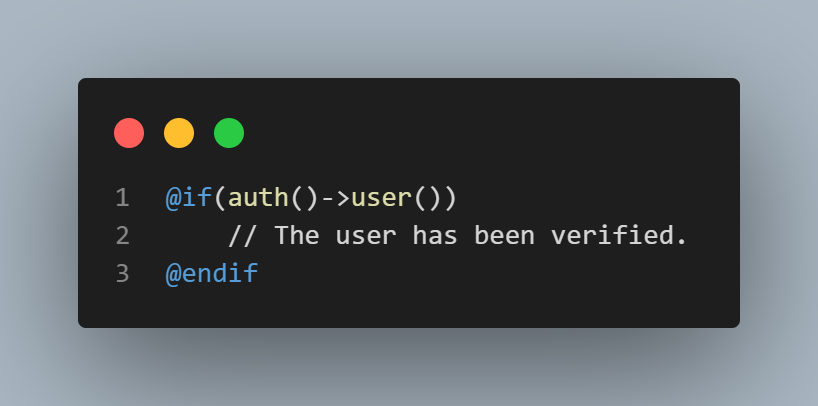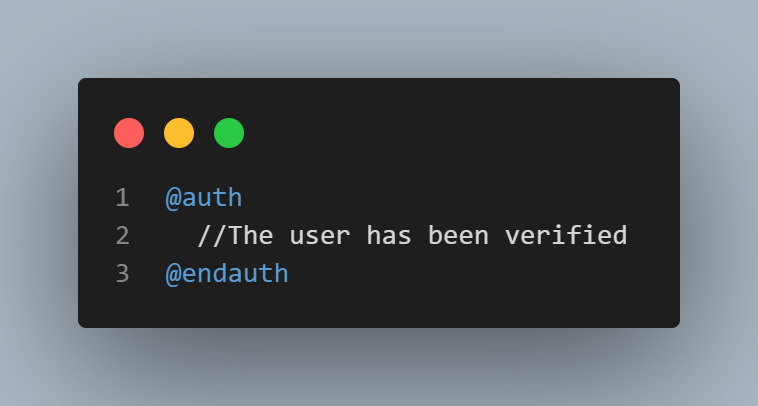A reliable and easy-to-understand PHP framework, Laravel is available as open-source software. It is utilized to create a vast array of unique web apps. The model-view-controller design pattern is supported.
With its robust features, including complete dependency injection, queues, and scheduled jobs, an expressive database abstraction layer, unit and integration testing, and many others, Laravel promises to offer an exceptional developer experience. If you are already familiar with PHP, Laravel will be simple for you to comprehend. I’ll give you some terrific advice today that will help you sharpen your coding skills.
1) Use @auth in Blade
Use the @auth directive in your blade file to check for logged-in users instead of an if statement.
The conventional approach :
Newest method:
@guest directive is the opposite:

2) Migration should not contain the underscore sign
You don’t always need to use the underscore _symbol between portions of a make:migration command, such as create_users_table.
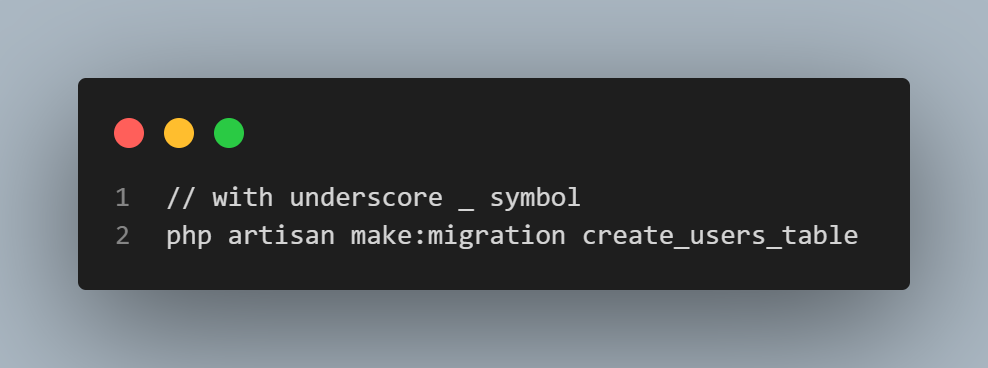
Instead of using underscores, you can enter the name in quotation marks before using spaces.

3) To check many permissions at once, use @canany
To check if a user has specific permission, you previously used the @can directive. The @canany directive now allows you to check many permissions at once.
4) Discover numerous entries
The findOrFail method in Laravel accepts a list of ids. It fails if any of these ids cannot be located.
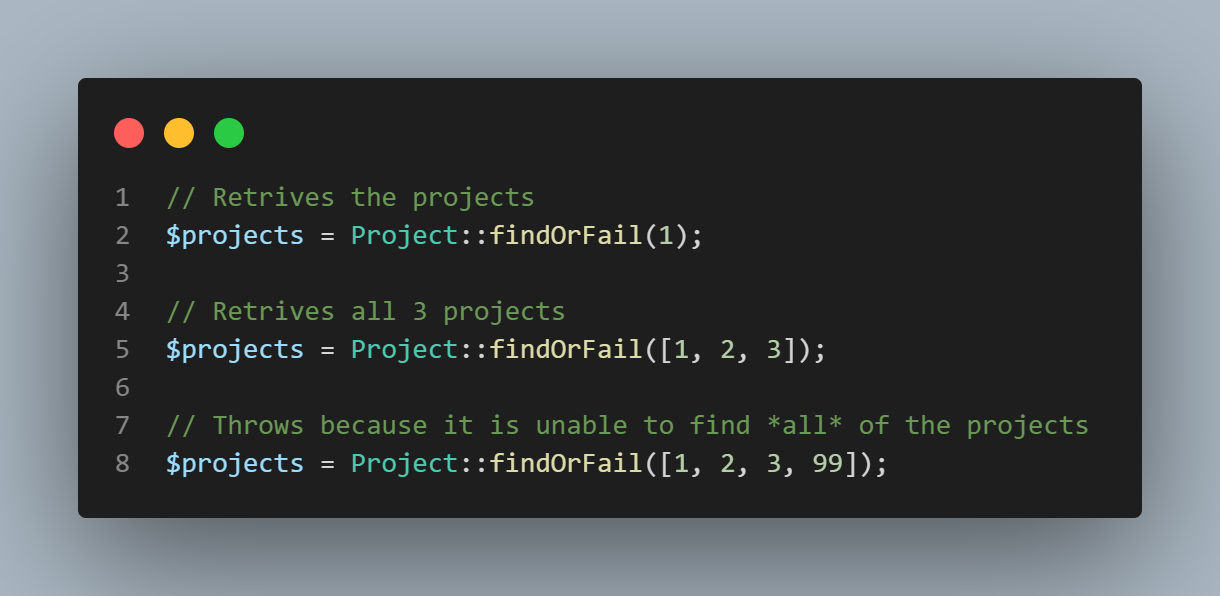
5) No more if-else statements with Eloquent::when()
Many of us write conditional queries with “if-else”, something like this:
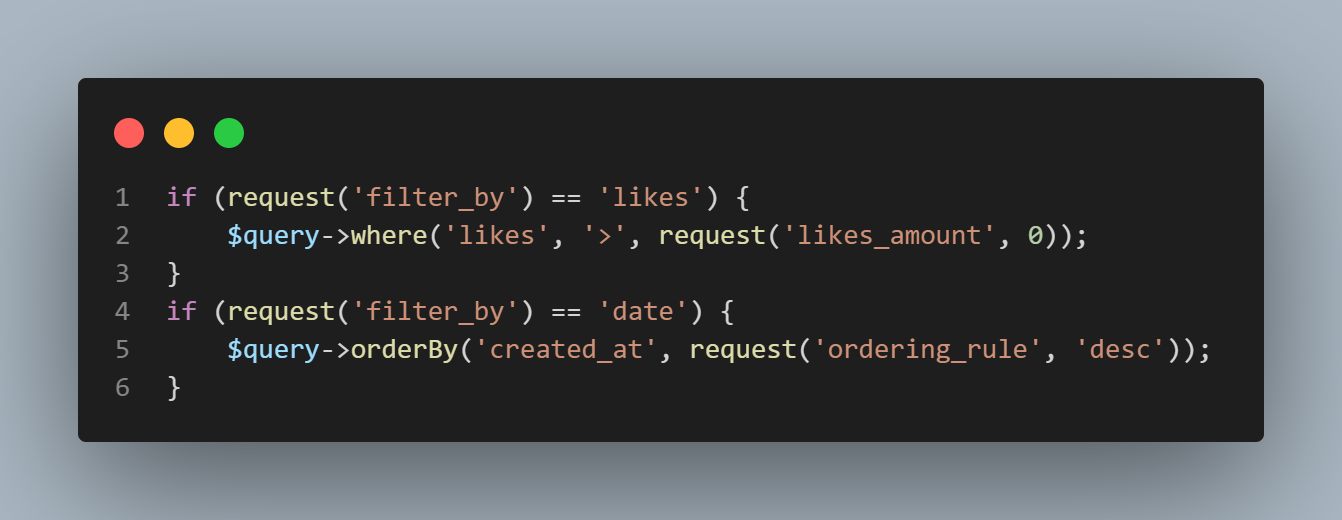
However, there is a superior approach—using when()
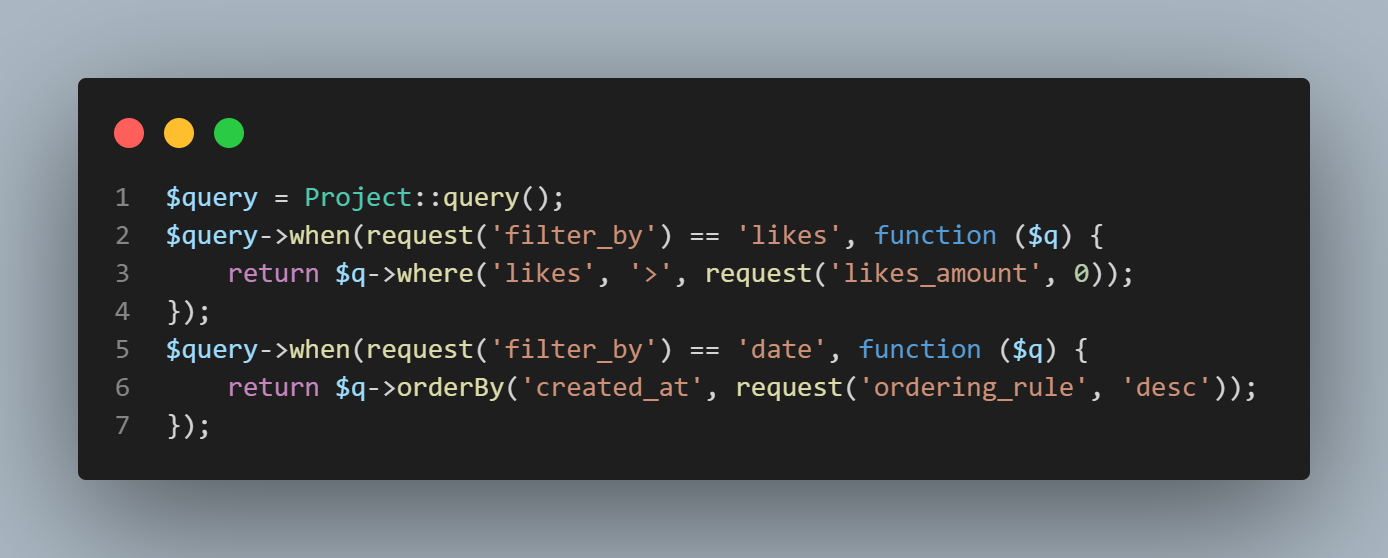
Even if it doesn’t seem any shorter or more elegant, passing the parameters is the most effective:

6) Eloquent query scopes can help you write more beautiful code
When working with data in our Laravel applications that use Eloquent ORM, we frequently need to match specific requirements. Take this case into consideration:

These circumstances can be used in a variety of places across our application. We can utilise query scopes to avoid repetition and make our code easier to read. As an illustration, we would add the following features to our User model:
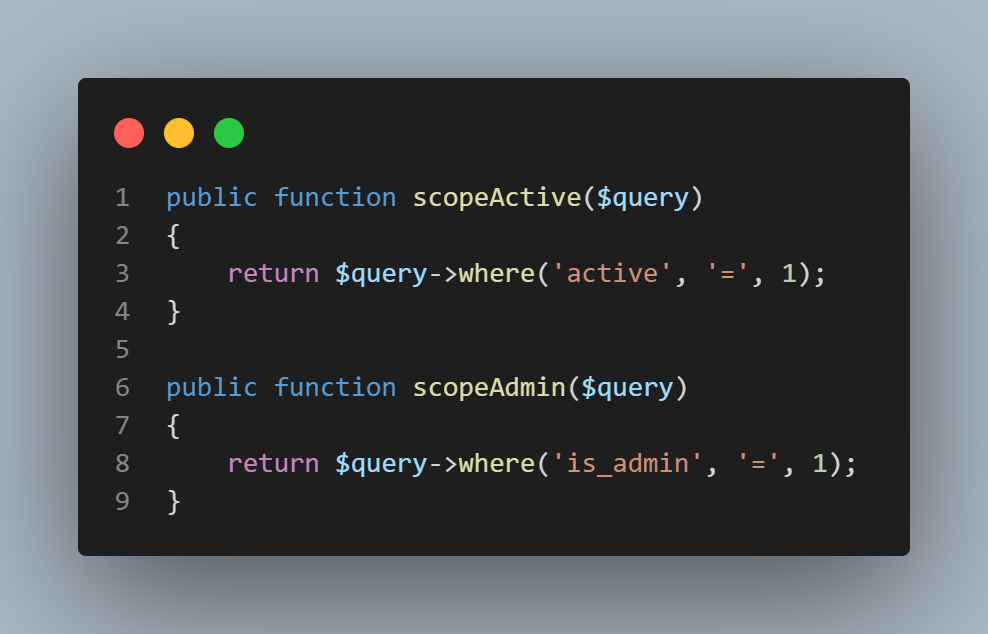
Now, our initial inquiry might appear as follows:

7) Utilize the Laravel Collection methods
Laravel has a great feature called collections that we can use right away to quickly work with array data types. It uses a straightforward and understandable syntax and can save a lot of time. It is especially helpful when used in conjunction with Eloquent. For instance, suppose your Eloquent query looks like this:

Perhaps we should limit our database choices so that they only contain outstanding bills by excluding any paid invoices. We might employ Collection’s reject strategy:
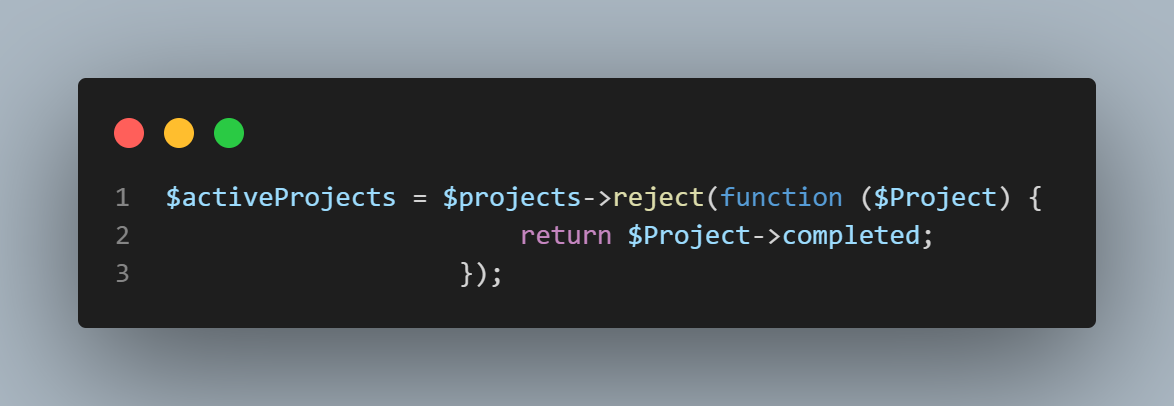
For the same task, we can also employ the filter method:

Let’s get the first thing from the Collection that satisfies the following requirement as another illustration:
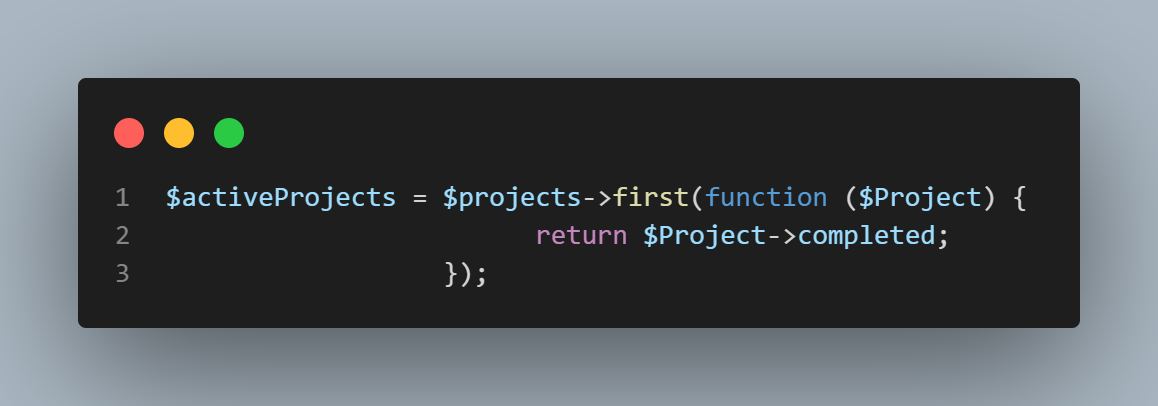
Our team completed 15+ projects on the Laravel framework.
We make startup ideas a reality. Do you want to launch your company idea? Infynno Solutions helps you in bringing your concept to reality and design it. Let’s connect and discuss.


